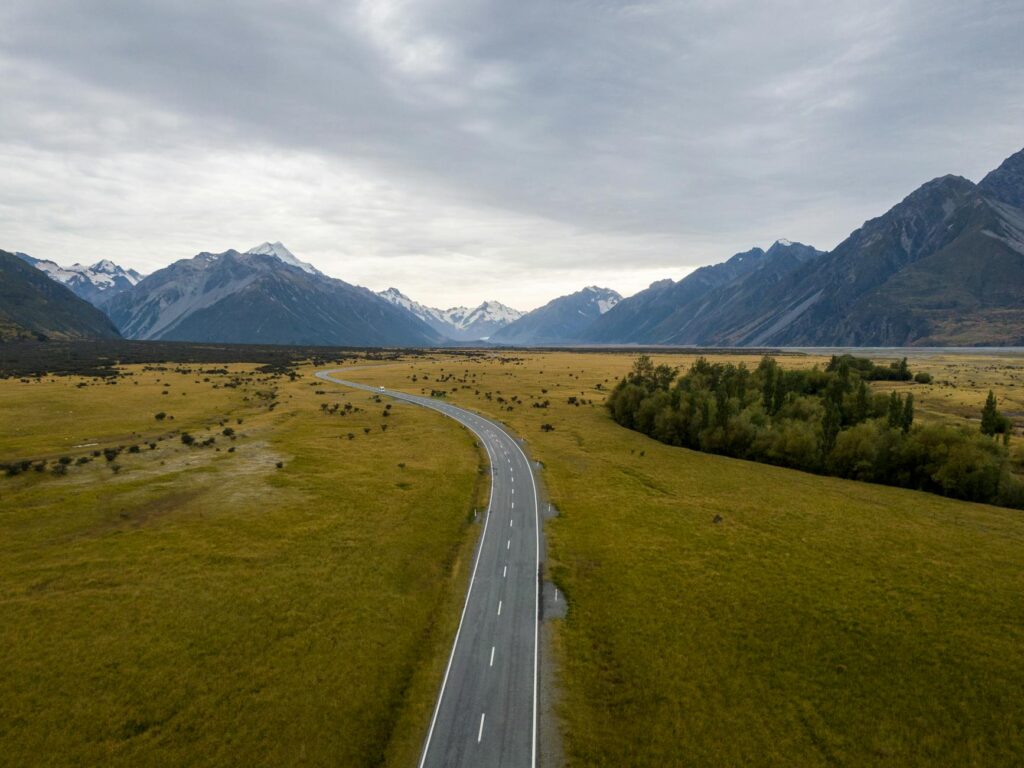When you drive on a new road, it’s the smooth finish you notice. Fresh asphalt, painted lines, no bumps in sight. But the truth is, the strength of that road was decided long before the surface went down. It’s the layers below: the soil, the stone, the base, that carry the weight and keep everything from breaking apart. Get those layers right, and the top holds steady for years. Miss them, and no fancy surface mix will save you. That’s why the story of a strong road begins with the early groundwork and the machines that prepare it. A soil compactor pressing down on a fresh lift may not grab attention, but it’s often the difference between a road that lasts and one that fails early.
Reading the ground before you commit.
A subgrade can look fine from the seat of a machine. Step off and walk it, and you’ll feel things the eye misses, like soft spots at the edges, damp patches that pump under pressure, or ruts that bounce underfoot. Those are early warnings that you don’t want to ignore. It’s better to strip, stabilise, or dry them out while you still can.
Drainage is another quiet test. If water doesn’t run off cleanly now, the surface will suffer for it later. And instead of pushing it under the rug, you should take care of it right now.
Small trials, smoother shifts.
One of the simplest habits that saves time is running a short trial strip at the start of a shift. Trim, water, compact, test, and suddenly you know the pass count, the overlap, and the moisture range for the day. It feels like a delay, but it sets a pattern the crew can repeat with confidence.
Picture a rural road with bus stops every half kilometre. If the base lifts are uniform and well compacted, those turning and braking points stay solid. If not, they rut and wave before the year is out. It’s not the surface mix that makes the difference; it’s the discipline under it.
Keeping the rhythm!
Road building is as much about timing as it is about machines. If the grader’s waiting on water, or the roller’s idle because the mat’s too wet, you lose rhythm. The trick is simple sequencing: trim, water, compact, check, repeat. Staging materials nearby makes sure crews don’t outrun supply or sit waiting for trucks.
This rhythm extends to your supply line. Even while you’re still in the base layers, what happens at asphalt plants matters. Late or inconsistent deliveries don’t just slow the surface crew. They create gaps in compaction and uneven layers below. That’s why a quick call with the plant early in the project often will save you from a string of problems later.
Quick checks, big lessons
You don’t need a trailer full of lab gear to stay on track.
A proof roll with a loaded truck shows weak spots in minutes. A box test confirms thickness where your eyes might deceive you. A hand auger tells you if the lift bonds properly or if you’ve built layers that slide.
Keep a short log of pass counts, moisture, and test results. Patterns emerge quickly and keep the work honest.
The final act.
After all that groundwork, the last step before paving is compaction. You might see all the work that went in before compaction, all the steps you had to take to make sure everything before this point was perfect.
But the user will only look at what’s in front of him. And if that’s not a neatly compacted, finished road, well, then it’s not a job well done.
That’s why the machine that often decides the real fate of a road is the road roller. It doesn’t just press weight into stone; it locks a carefully prepared base into something that lasts. When you run it well, you’ll end up with a foundation the surface can trust. And not just that, but a good roller will also make sure that your roads look clean and new, even after many years of use. Strong roads really do start below the surface, and the road roller is the one that seals the deal.

